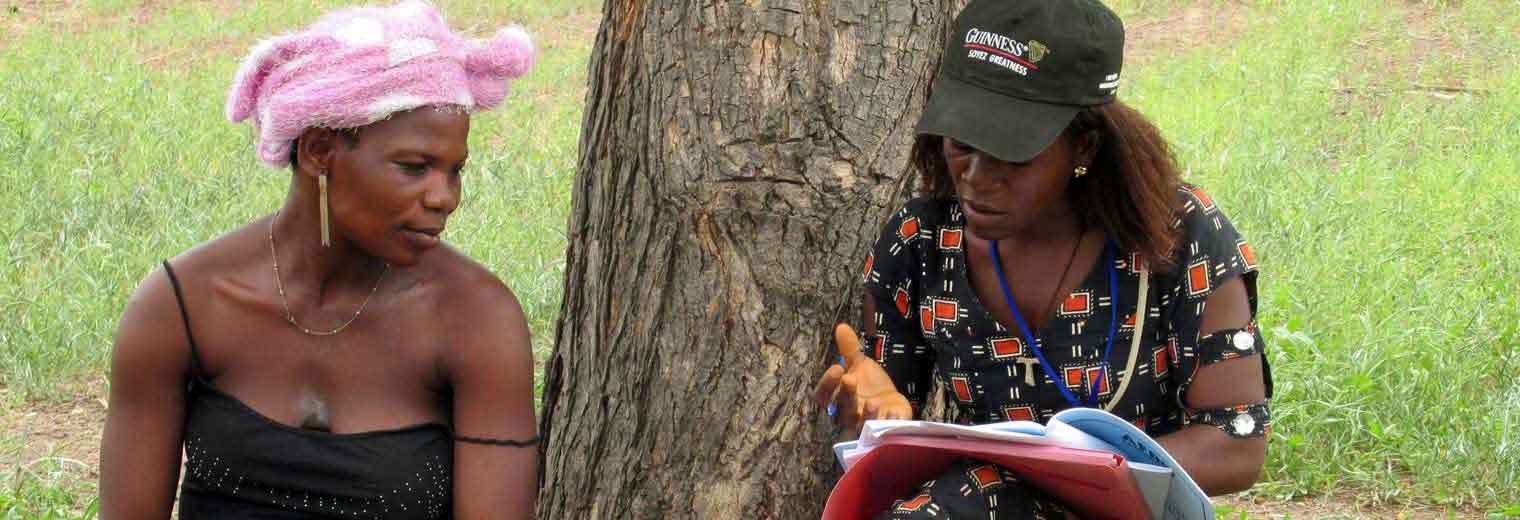
 Edem Selormey is Afrobarometer field operations manager for anglophone West Africa and East and North Africa. edem@afrobarometer.org
Edem Selormey is Afrobarometer field operations manager for anglophone West Africa and East and North Africa. edem@afrobarometer.org
One of the reasons why AB has a very elaborate methodology for data collection is that fieldwork in Africa is difficult! In more developed countries, houses are properly numbered and communities are well laid out, making it easy to use a walk pattern to select households. This is not the case in most countries that AB surveys.
Thus, the AB protocol for selecting households in an enumeration area (EA) is detailed and strict. Four enumerators move in four different directions. Starting as near as possible to the identified sampling start point (SSP), the field supervisor chooses a landmark (such as a street corner, a school, or a water source, being careful to vary the choice of such landmarks). From this point, the four fieldworkers follow the following walk pattern: Fieldworker 1 walks toward the sun, Fieldworker 2 away from the sun, Fieldworker 3 at right angles to Fieldworker 1, Fieldworker 4 in the opposite direction from Fieldworker 3. Even in sparsely populated rural areas, fieldworkers are expected to conduct an interview at the fifth household from the start point, then count 10 more households to the 15th for the next interview, meaning they often have to walk great distances between interviews. Fieldworkers are cautioned during training not to expect perfectly arranged houses along streets and roads.
In its maiden survey in the Gambia, a developing country that has just emerged from years of authoritarian rule, the AB technical assistance team found the opposite of what pertains in many African countries. EAs in urban areas had streets and houses that were very well demarcated. Although streets were mostly not tarred, houses were well arranged and numbered, almost to text-book perfection, making it very easy for CepRass fieldworkers to apply the standard walk pattern. The technical assistance team had no difficulty locating the two teams covering the urban areas, and assumed this was probably an urban phenomenon. But they were wrong! The same pattern of well-laid-out houses and streets pertained in the rural areas as well – in fact, even better than in the cities.
The team left the Gambia with one question on their minds: How did the Gambia do it?

